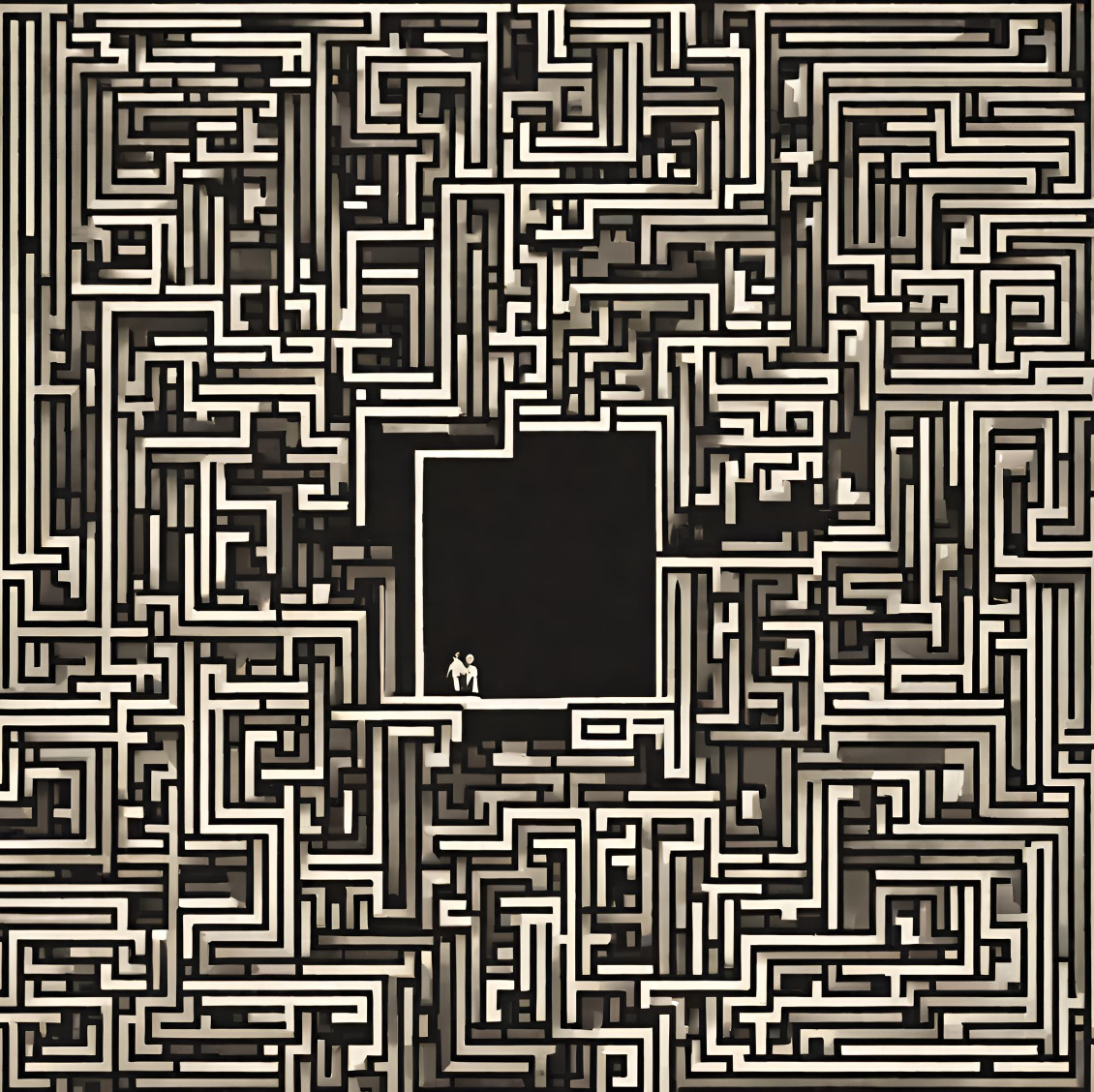262 reads
Efficient Detection of Defects in Magnetic Labyrinthine Patterns: Conclusion and References
by
September 18th, 2024
Audio Presented by

A journey through the mind's own pace, unraveling the threads of thought, in the labyrinth's spiraling heart.
Story's Credibility

About Author
A journey through the mind's own pace, unraveling the threads of thought, in the labyrinth's spiraling heart.